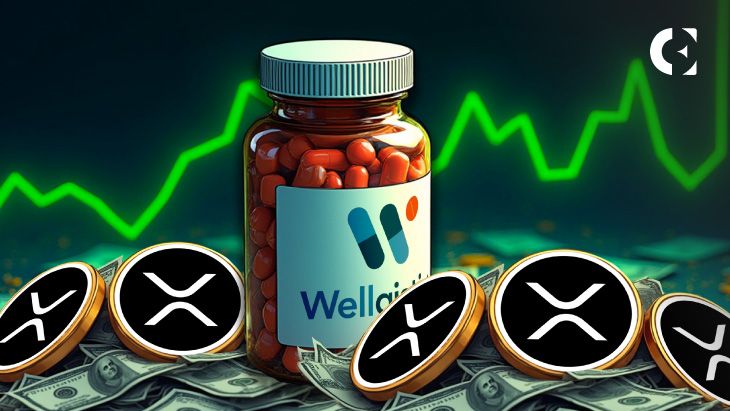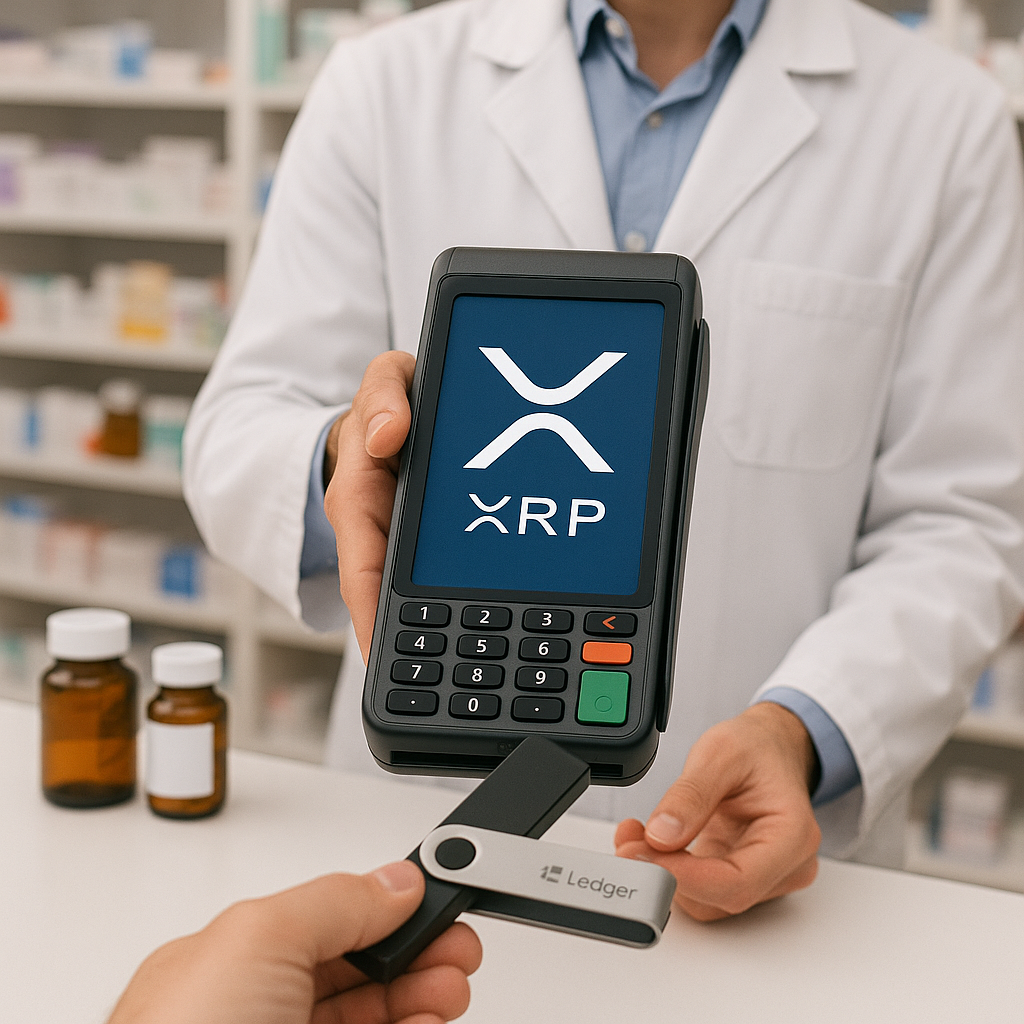The digital asset world has just crossed a new milestone. Wellgistics Health, a prescription drug distributor serving more than 6,500 independent pharmacies across the U.S., has introduced an XRP Ledger–based payment system.
This move is more than a technology upgrade. It signals how blockchain is now stepping into one of the most heavily regulated and cost-sensitive industries: healthcare.

Why It Matters
Traditional payment rails—ACH, wire transfers, even card networks—are slow, costly, and restricted by business hours. Pharmacies often wait days for settlements, with each transaction carrying unnecessary overhead.
Now, with XRP:
- Settlements clear in seconds
- Costs drop to fractions of a penny
- 24/7 availability ensures cash flow never sleeps
- Immutable records on-chain provide full traceability and compliance
In healthcare, where margins are thin and patient needs are immediate, this isn’t just an improvement—it’s a lifeline.
Building the Rails
Wellgistics partnered with RxERP, a pharmaceutical software provider, to deliver the onboarding and reporting infrastructure. Together, they are creating a compliance-ready payment ecosystem that aligns with HIPAA privacy rules and anti-money laundering (AML) laws.
For pharmacies, this means no extra burden of regulation. For patients, it means a supply chain that is faster, cheaper, and more transparent.
What Comes Next
The rollout doesn’t stop at pharmacies. Wellgistics plans to:
- Bring pharmaceutical manufacturers directly onto the XRP platform.
- Launch a Direct-to-Patient (DTP) service, allowing manufacturers to ship medications straight to patients—while still engaging local pharmacies and prescribing physicians.
DTP could reshape the pharmaceutical supply chain, cutting out inefficiencies and creating a model where crypto-enabled payments link every stakeholder: manufacturer, pharmacy, doctor, and patient.
A Market on the Brink of Explosion
The timing couldn’t be sharper. According to Grand View Research, the global blockchain in healthcare market, worth $7.04 billion in 2023, is forecasted to surge to $214.86 billion by 2030.
The drivers? Rising drug costs, the need for secure data exchange, and the push for decentralized clinical trials and DeSci innovations.
XRP’s entrance into healthcare payments isn’t just a test case—it’s a signal that blockchain’s utility era has arrived.
The Bigger Picture
From finance to supply chains, blockchain is eating away at inefficiency. Now it’s hitting one of the most regulated and high-impact industries.
For XRP holders, this is more than a price catalyst. It’s proof of adoption at scale—real-world utility beyond speculation.
As we explored in The Silent Shift: Corporations Bet on XRP, enterprise adoption of XRP is quietly accelerating behind the scenes. Wellgistics’ move underscores how corporate America is betting not just on blockchain broadly—but on XRP specifically—to modernize infrastructure.
Final Thought
Wellgistics’ adoption of XRP is not just about pharmacies. It’s about showing that blockchain can solve real-world problems in compliance-heavy, mission-critical industries.
The healthcare system is notorious for cost inefficiency and payment delays. If XRP can streamline that, imagine what comes next.
The future of healthcare payments may have just gone on-chain.
